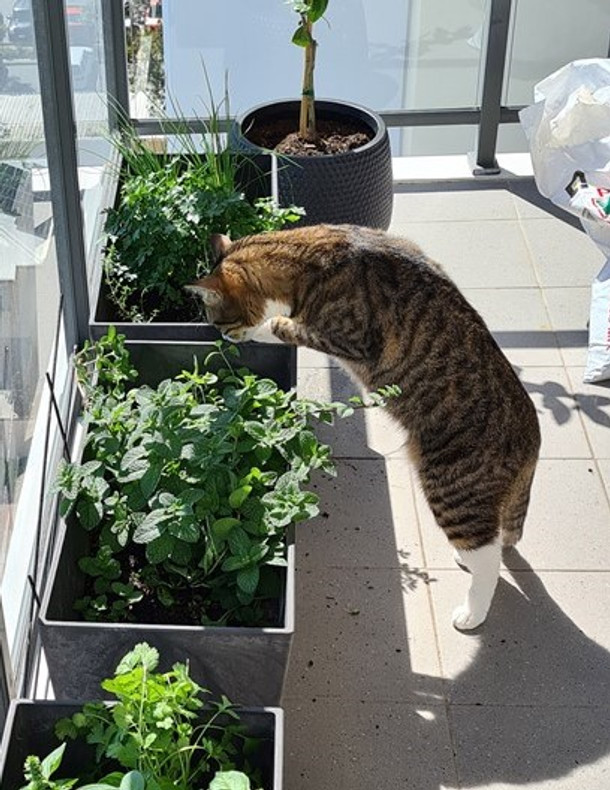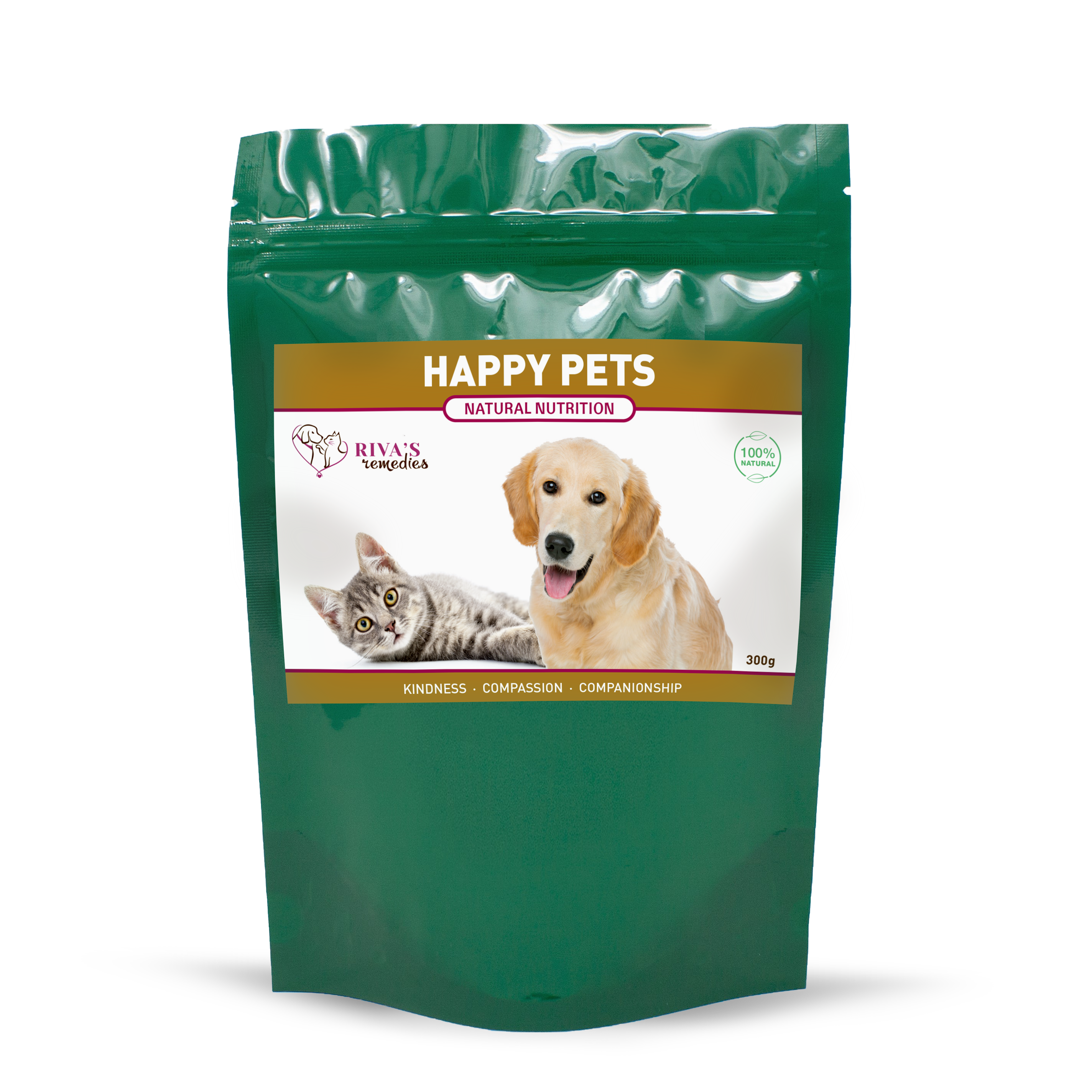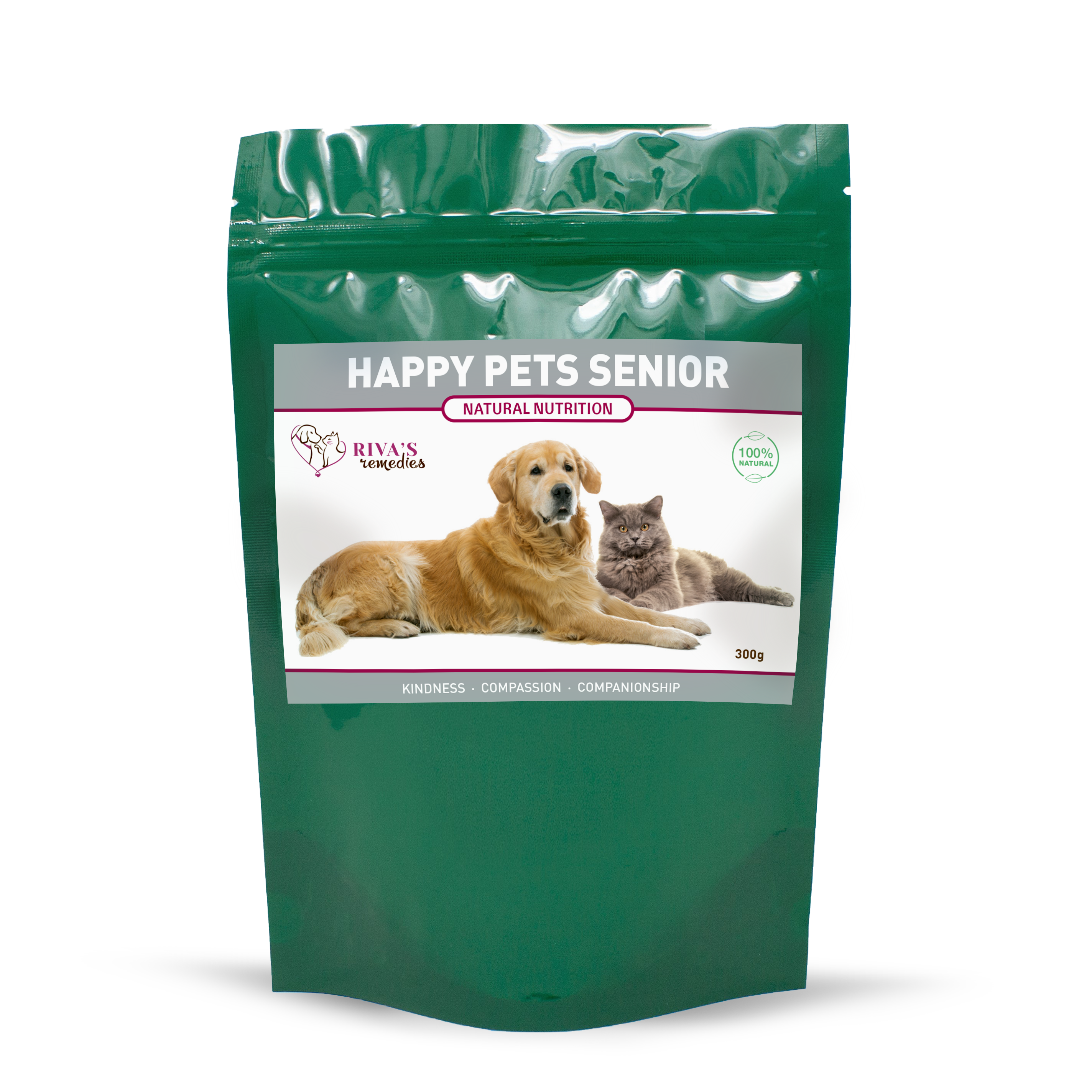Cats Are Carnivores
It’s true; cats thrive on a high protein lifestyle. They are defined as obligate or hyper carnivores which means that many of the nutrients that they require are found only in animal flesh. The vitamin and mineral content they require from meat is specialized and without it they will not meet the basic requirements to live.
While obligate carnivores might be able to ingest small amounts of plant matter, they lack the necessary physiology required to fully digest it. We can see that this basic tenant holds true when looking at a cat's digestive system; they have the shortest digestive tract compared to body size then almost any other land mammal adapted to digest meat. Unlike omnivores and herbivores, they do not need a long hindgut for the fermentation process to take place and to break down the tough cellular wall of plant fibre.
So, why should I add vegetables to my cats diet?
There are 3 primary reasons:
1. Let’s first consider the cat-mouse relationship. If you have an outdoor or mixed indoor/outdoor cat you can almost see the ear-to-ear grin when they catch a mouse! This is an ancient biological predator/prey relationship that is accepted among the mice and the cats no matter how brutal it may look to us. Every cat is entitled to their opinion but generally speaking cats find mice absolutely delicious. And each one of the cat’s organs works together to digest these little rodents with very little stress on the cats’ digestive system.
In addition, mouse fur is an insoluble fiber which aids the cat’s digestive process. And it also provides minerals because of the dust and dirt that is on the fur collected from their environment. The fur also acts as an anti-parasitic by scraping the intestinal wall. So, you can see that the entire mouse is in perfect harmony for a cat’s meal.
But how many mice or other prey species does your cat actually eat? Perhaps some or none at all. Needless to say, most of our domestic cats do not eat mice or other small prey animals as their primary diet. The fibre and minerals from the fur and the plant matter from the mouse’s stomach that is consumed fresh, is replaced with highly processed commercial food that may or may not take into consideration the need for moisture, fibre, and minerals.
2. The second important point is that the modern diet for cats lacks living food. The majority of cats are eating dry kibble and canned food. Both are shelf stable for our convenience and the animal meat now in a bag or a can is de-natured by high-heat processing and chemical preservatives. The addition of sugar, salt and artificial odors are used to attract and hook your cat into wanting more. These packaged foods may have added minerals, vitamins, fibre, and protein but it is not living. Furthermore, there is no guarantee that your cat will assimilate the minimum requirement from these added vitamins and minerals.
The most common health conditions that arise from a de-natured diet are feline urinary issues such as bladder stones, crystals in the urine, and urinary tract infections, along with diarrhea, constipation, parasites, poor skin and coat conditions, and obesity.
3. Our cats are also exposed to increasing toxicity from domesticated practices including the chemicals we have around us in our homes and yards. These environmental toxins also require more nutrition, moisture and especially fibre, to offset their negative impact; fibre is an excellent detoxifier. Environmental toxins are implicated in allergies, respiratory issues, nervous system dysfunction and liver and kidney failure.
Back to the Vegetables...
So, without further delay, we can see how important it is to introduce vegetables as a food-based supplement to compensate for what your cat is not able to get any other way because they are in a domesticated setting.
Benefits of feeding vegetables include:
- Provides an extra source of water to a cats diet which is often lacking because of the dehydrating effects and higher salt levels in dry foods and kibble.
- Provides more potassium to balance the high salt levels in dry food and meat.
- Safely and effectively detoxifies the elimination organs, such as the kidneys, liver, and colon.
- Vegetables are high in essential vitamins, including Vitamin A, C, and E and minerals such as Magnesium and Calcium.
The plant kingdom is here for us all, including cats, to heal, restore and feel nourished. Vegetables have powerful healing properties, and they deserve a lot of praise. No wonder cats enjoy nibbling on leafy greens, even zucchini and seaweed!
What types of vegetables do you feed cats?
There are many healthy vegetables to choose from including winter squash, zucchini, carrots, peas, steamed broccoli, spinach, steamed asparagus, green beans, sweet potato, yam, and potato. Fruits such as melons, bananas and blueberries are beneficial in small portions.
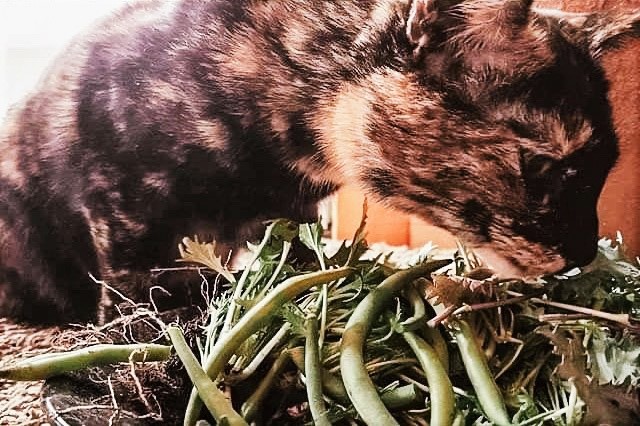
Is my cat going to like vegetables?
The question of how to get your cat to eat vegetables inevitably comes up. Cats do not like surprises. A cat's survival and happiness depends on being able to predict what is going to happen with a stable and consistent environment. Sameness equals safety and comfort. This also applies to their food and more specifically the texture. If the texture changes that can be a red flag to them indicating something has happened to their meal to make it unsafe. They may turn up their nose and look at you with wide eyes while questioning what happened to their meal? This is then followed by a demand to know why you served them this foreign, potentially dangerous substance.
How to Prepare Cat-Friendly Vegetables
Start by steaming and pureeing the vegetables to mimic the look and texture of what they are used to. They typically expect food to be smooth like pate or chunky like the stews you find in canned foods. The brassica family (broccoli, cabbage, cauliflower, kale) may be more difficult to introduce because it has a strong smell. But cats are as unique as the next and yours may love them.
For cats who have never had vegetables before, introduce them slowly in very small amounts and gradually increase. The easy road to success is to start them early by introducing your kittens to all cat friendly fruits and vegetables. They will be lifelong foodies! And remember, keep an open mind because if you feel resistance they will too.
Overall Health
To improve their overall health and to ensure they are getting all the vitamins and minerals they need for a shiny coat, healthy skin and nails, and an optimum immune system consider adding Happy Pets or Happy Pets Senior. It is a high quality, all-natural plant based herbal supplement. These blends are an excellent source of added nutrition that can be mixed in with their current food.
Happy feeding and exploring new food groups with your feline family members!
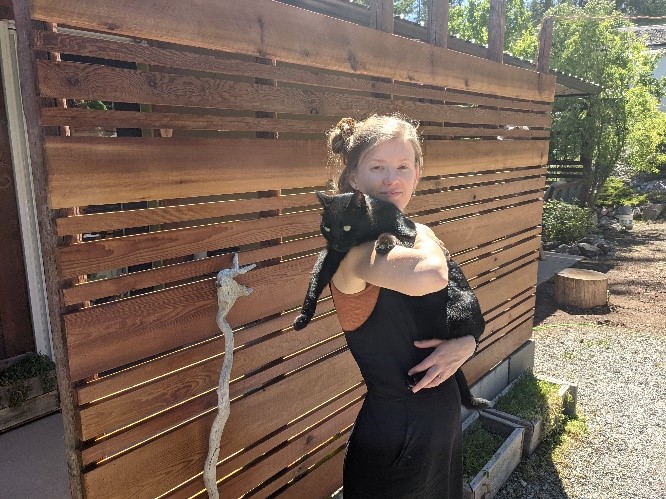
Darla Cameron
Homeopathic Practitioner, DHHP
Natural Cat Health Specialist
Darla is a valued member of the Riva’s Remedies natural health care team and has always had a love and interest for cats. Since natural health and healing has been a part of her life too for many years, it was a perfect fit for her to focus her skills on caring for cats and helping them to live healthy, long, and happy lives.

